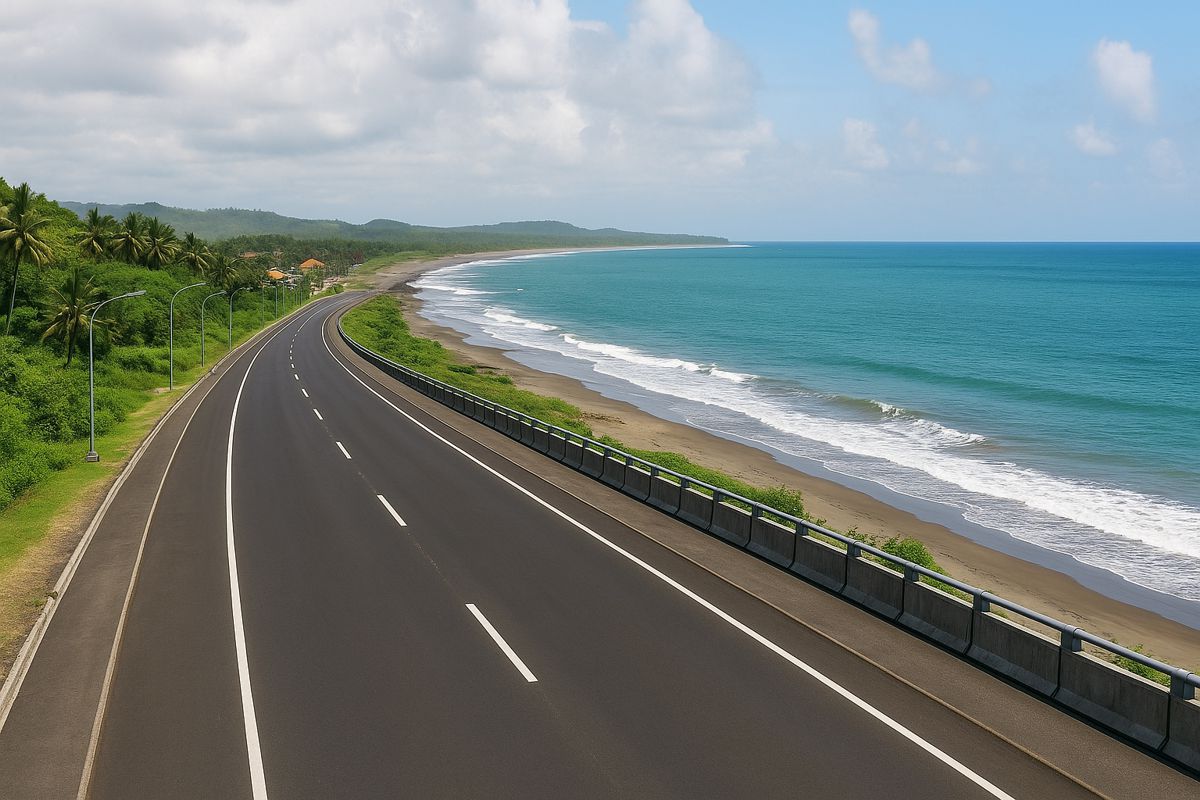Nationwide Tarmac Surfacing Contractors ensuring Road Safety during Construction
Road safety is paramount, and construction projects aimed at surfacing roads demand meticulous attention to detail. Whether it’s a small residential street or a major highway, the quality of tarmac surfacing can significantly impact safety and durability.
This article delves into the importance of selecting competent nationwide tarmac surfacing contractors and outlines key considerations to ensure road safety during construction.
Understanding the Importance of Quality Tarmac Surfacing
Tarmac, also known as asphalt or bitumen, is a popular material for surfacing roads due to its durability, flexibility, and cost-effectiveness. However, the effectiveness of tarmac surfacing relies heavily on proper installation and maintenance. Poorly laid tarmac can lead to a range of issues, including:
- Reduced Traction: Smooth or uneven surfaces can decrease tire grip, increasing the risk of accidents, especially during adverse weather conditions.
- Potholes and Cracks: Inferior quality tarmac is prone to developing potholes and cracks, which not only deteriorate road quality but also pose hazards to drivers.
- Water Drainage Problems: Improperly constructed tarmac surfaces may not facilitate proper water drainage, leading to pooling, hydroplaning, and reduced visibility.
Given these potential hazards, it’s crucial to engage competent nationwide tarmac surfacing contractors who prioritize safety and quality in their construction projects.
Selecting Reliable Tarmac Surfacing Contractors
Choosing the right tarmac surfacing contractor can make a significant difference in the safety and longevity of road infrastructure. Here are some essential factors to consider when selecting nationwide contractors:
- Reputation and Experience: Look for contractors with a proven track record of successfully completed projects. A company with years of experience and positive reviews is more likely to deliver quality results.
- Certifications and Compliance: Ensure that the contractor holds necessary certifications and complies with industry standards and regulations. This includes certifications related to tarmac installation techniques, safety protocols, and environmental regulations.
- Quality of Materials: Inquire about the type of materials the contractor intends to use for tarmac surfacing. High-quality materials contribute to the durability and performance of the road surface.
- Equipment and Technology: Evaluate the contractor’s equipment and technology capabilities. Advanced machinery and techniques can enhance efficiency and precision in tarmac installation, leading to better outcomes.
- Safety Protocols: Prioritize contractors who prioritize safety in their operations. This includes adherence to safety guidelines, provision of personal protective equipment (PPE) for workers, and implementation of traffic management plans to minimize risks to motorists and pedestrians.
Ensuring Road Safety During Construction
Construction activities inherently pose risks to both workers and road users. To mitigate these risks and ensure road safety during tarmac surfacing projects, contractors should implement the following measures:
- Traffic Management Plans: Develop comprehensive traffic management plans to minimize disruptions and ensure the safe flow of vehicles during construction. This may involve temporary road closures, detours, signage, and traffic control personnel.
- Work Zone Safety: Establish clearly marked work zones with barriers and warning signs to alert drivers to construction activities. Ensure that work zones are well-lit, especially during night-time operations, to enhance visibility and safety.
- Speed Reduction: Implement speed reduction measures within the construction zone to mitigate the risk of accidents. Temporary speed limits and speed bumps can help ensure that drivers navigate the area safely.
- Pedestrian Safety: Consider pedestrian safety by providing designated walkways, crossings, and barriers to separate construction areas from pedestrian pathways. Workers should also receive adequate training on pedestrian safety protocols.
- Regular Inspections: Conduct regular inspections of the construction site to identify and address potential hazards promptly. This includes monitoring the condition of the tarmac surface, signage, barriers, and traffic control devices.
- Emergency Preparedness: Have contingency plans in place to respond to emergencies, such as accidents, equipment failures, or inclement weather. Ensure that workers are trained in emergency procedures and have access to necessary first aid equipment.
Conclusion
Nationwide tarmac surfacing contractors play a critical role in ensuring road safety during construction projects. By selecting reputable contractors and prioritizing safety measures, stakeholders can mitigate risks and safeguard the well-being of workers and road users alike. Quality tarmac surfacing not only enhances the durability and performance of roads but also contributes to overall transportation safety and efficiency.
As infrastructure development continues to expand, investing in competent contractors and robust safety practices remains essential for building and maintaining reliable road networks.




















